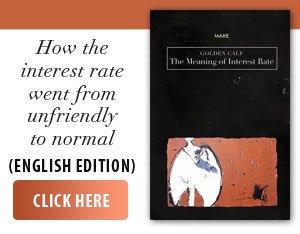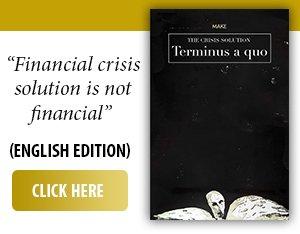Gold has been a relatively stable asset over the past 25 years for investors looking for diversification, a haven against inflation, or a safe haven during uncertain times.
A visualcapitalist.com analysis based on TradingView data shows that from 2000 to 2025, the precious metal has delivered an astonishing 1,075% return for investors who have been patient enough to hold onto their investments.
On average, over the 25 years, the price of gold has increased by 10.9% annually, although it has experienced some volatility. Here's how gold's price has performed over the past 25 years, according to TradingView: -5.4% in 2000; +2.4% in 2001; +24.8% in 2002; +19.5% in 2003; +5.4% in 2004, +17.5% in 2005; +23.5% in 2006; +31% in 2007; +5.6% in 2008; +24.6% in 2009; +29.6% in 2010; +10.1% in 2011; +7.1% in 2012; -28% in 2013; -1.8% in 2014; -10.4% in 2015; +8.4% in 2016; +13.2% in 2017; -1.6% in 2018; +18.3% in 2019; +25.1% in 2020; -3.6% in 2021; -0.4% in 2022; +13.2% in 2023; +27.2% in 2024; +27% in 2025 (through July 3).
As this data shows, periods of global crisis - such as the 2008 financial crisis, the Covid-19 pandemic or rising inflation - have typically led investors to flock to gold, leading to higher returns. Gold's best years include 2007 (+31%) and 2010 (+29.6%), the run-up to and aftermath of the global financial crisis, respectively. Gold also delivered a significant return of over 25% in 2020 (the year of the pandemic), and has shone among other asset classes over the past two years (+27%).
On the other hand, the biggest decline was in 2013, when the price of the yellow metal fell 28% from its all-time highs. However, the decline followed a decade of consistently positive returns from 2001 to 2012.
• Will gold continue to shine?
Amid the ongoing global economic slowdown, trade uncertainty and growing recession risks, gold has been one of the best-performing major assets since the start of 2025. After two consecutive years of strong gains, gold's returns could be cut in 2026, the source notes. However, with major central banks - including those in China, India and Russia - continuing to accumulate gold, the precious metal's role as a long-term store of value seems far from over.
• WGC: Central banks prefer gold to dollar for reserves
Central banks around the world expect the share of gold in their reserves to increase over the next five years, while the share of the dollar in their reserves is expected to decrease, according to a study by the World Gold Council (WGC), conducted between February 25 and May 20, according to Reuters.
Demand for gold from central banks has increased significantly in the past three years, despite the record price of the yellow metal. An ounce of gold reached a record value of $ 3,500.05 in April, representing a 95% increase since February 2022, when Russia invaded Ukraine.
73 central banks participated in the WGC study, and 76% of them expect their gold holdings to increase over the next five years, compared to 69% last year. Nearly three-quarters of respondents expect central bank reserves denominated in dollars to be lower in the next five years, compared to 62% last year, Agerpres notes.
"Gold's performance during times of crisis, portfolio diversification and hedging inflation risks are the reasons for the increase in gold reserves in the future,” the WGC notes.
Central banks have accumulated more than 1,000 tons of gold in each of the last three years, which is a significant increase from the average of 400-500 tons in the previous decade. "This significant acceleration in the pace of gold accumulation comes in the context of economic and geopolitical uncertainties,” the WGC states.
According to the WCG, 95% of respondents believe that central bank gold reserves will increase in the next 12 months, compared to 81% last year, while the Bank of England (BoE) remains the preferred place for storing central bank gold reserves.
Potential trade conflicts and tariffs were cited by 59% of central banks as relevant to their reserve management. "A higher share, 69%, is recorded among central banks in emerging markets, while the share is 40% in advanced economies,” the World Gold Council reported.
Central banks are the third largest category of gold buyers, after the jewelry and investment sectors, responsible for about 23% of global consumption of the yellow metal. Typically, central banks' gold purchases are influenced by price developments, buying when prices fall and reducing purchases when prices rise.


















































